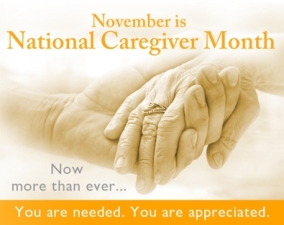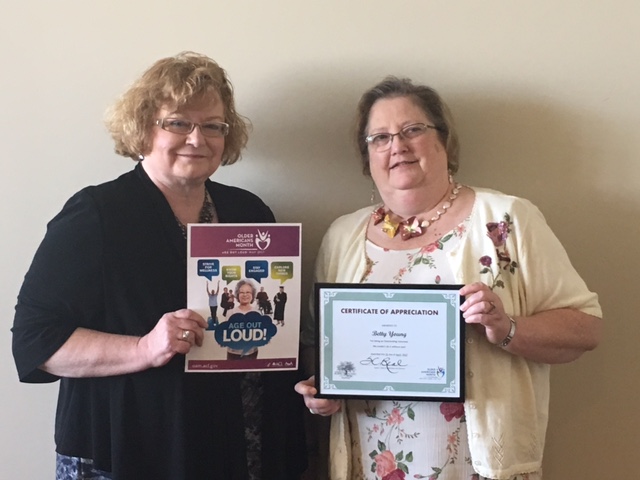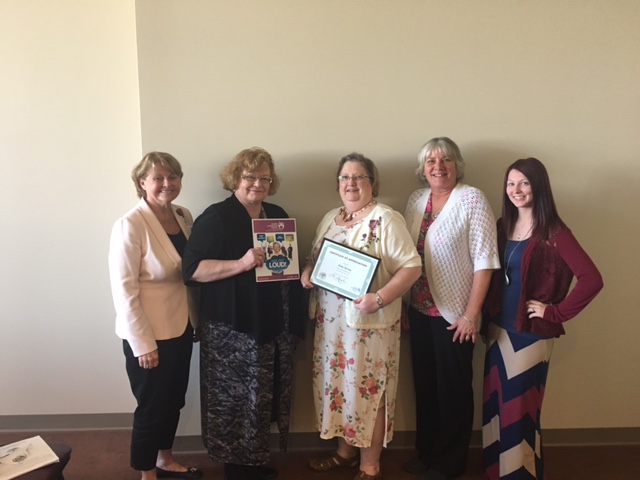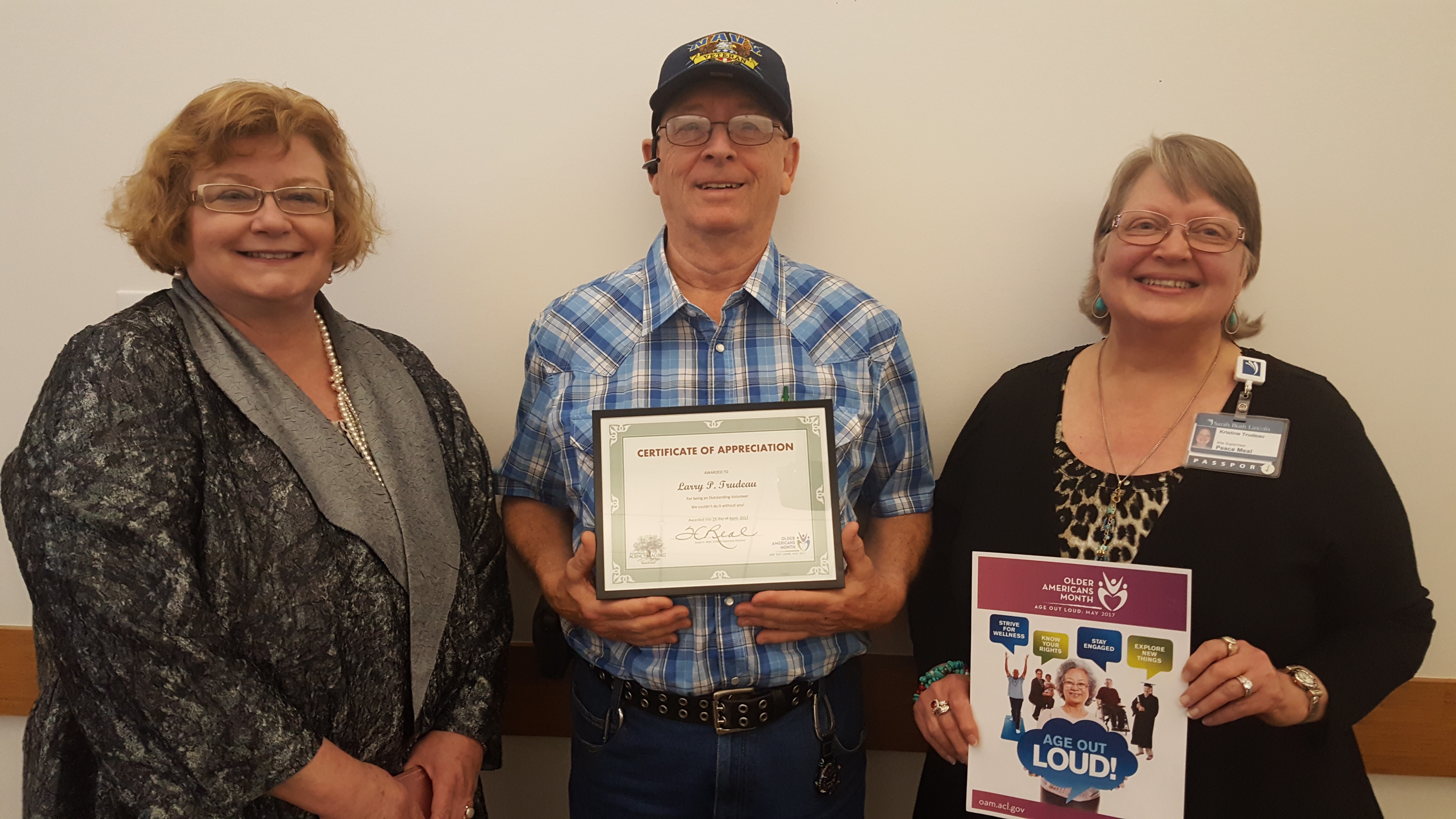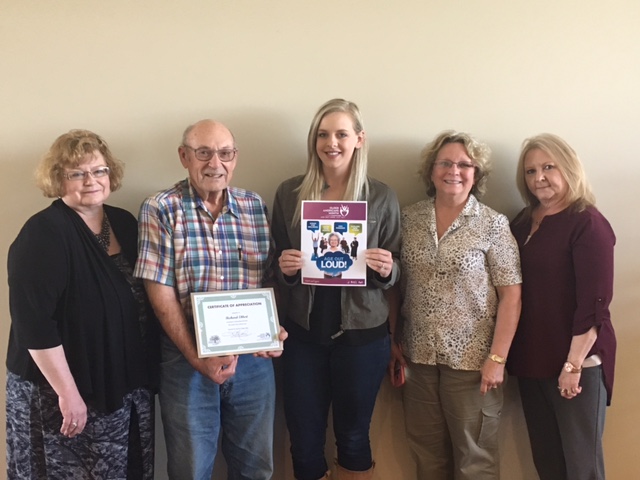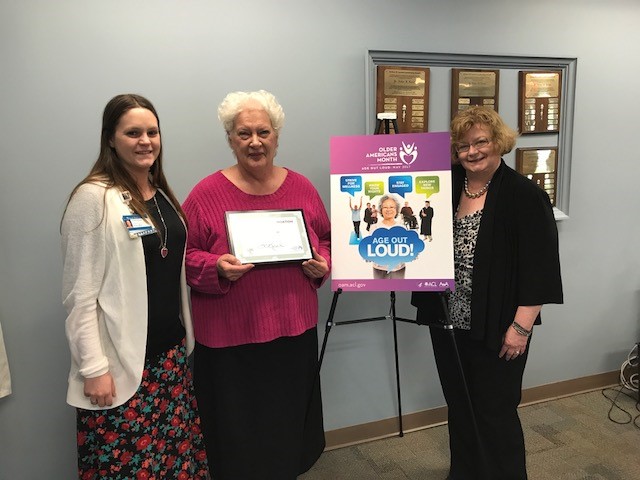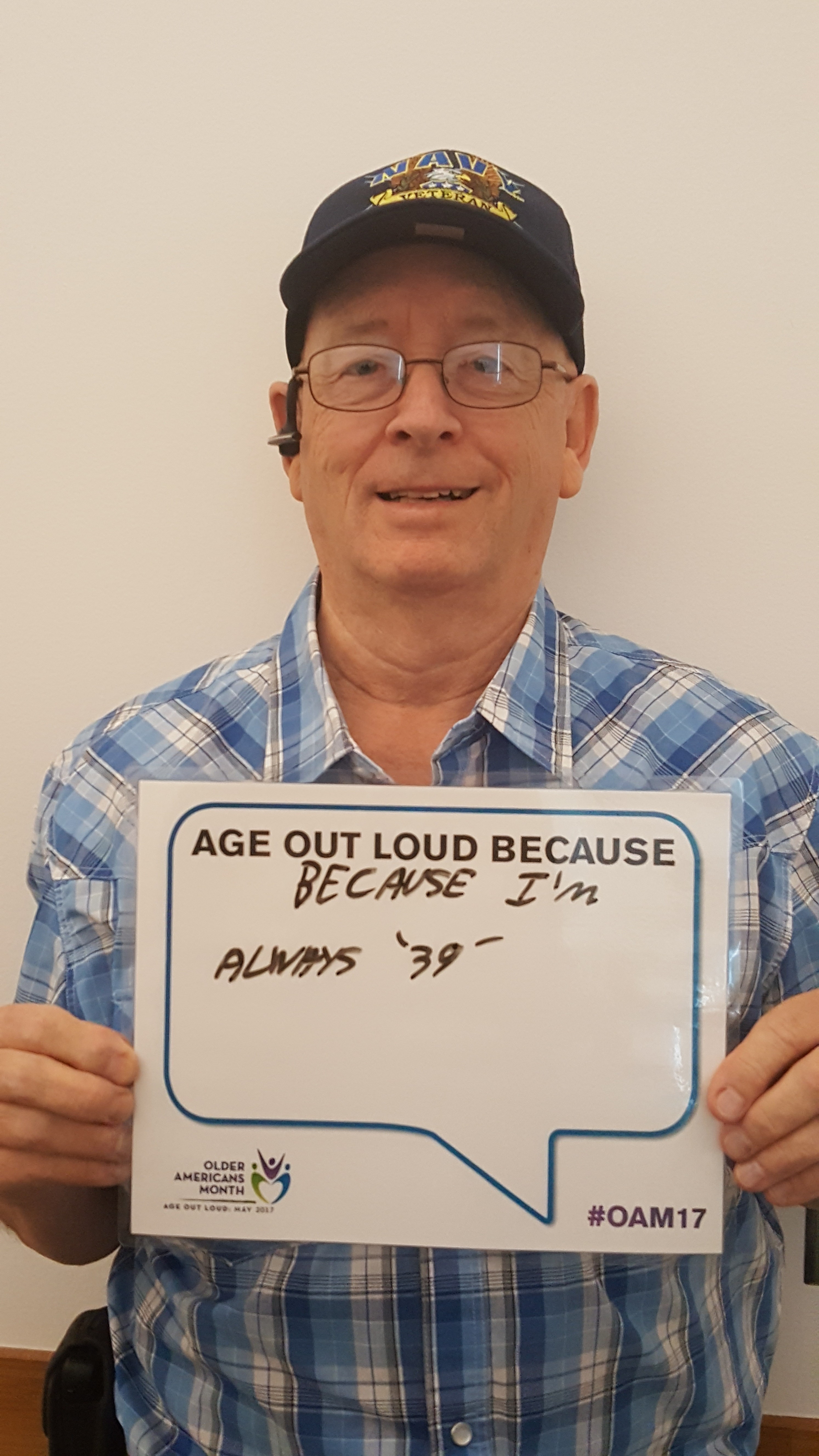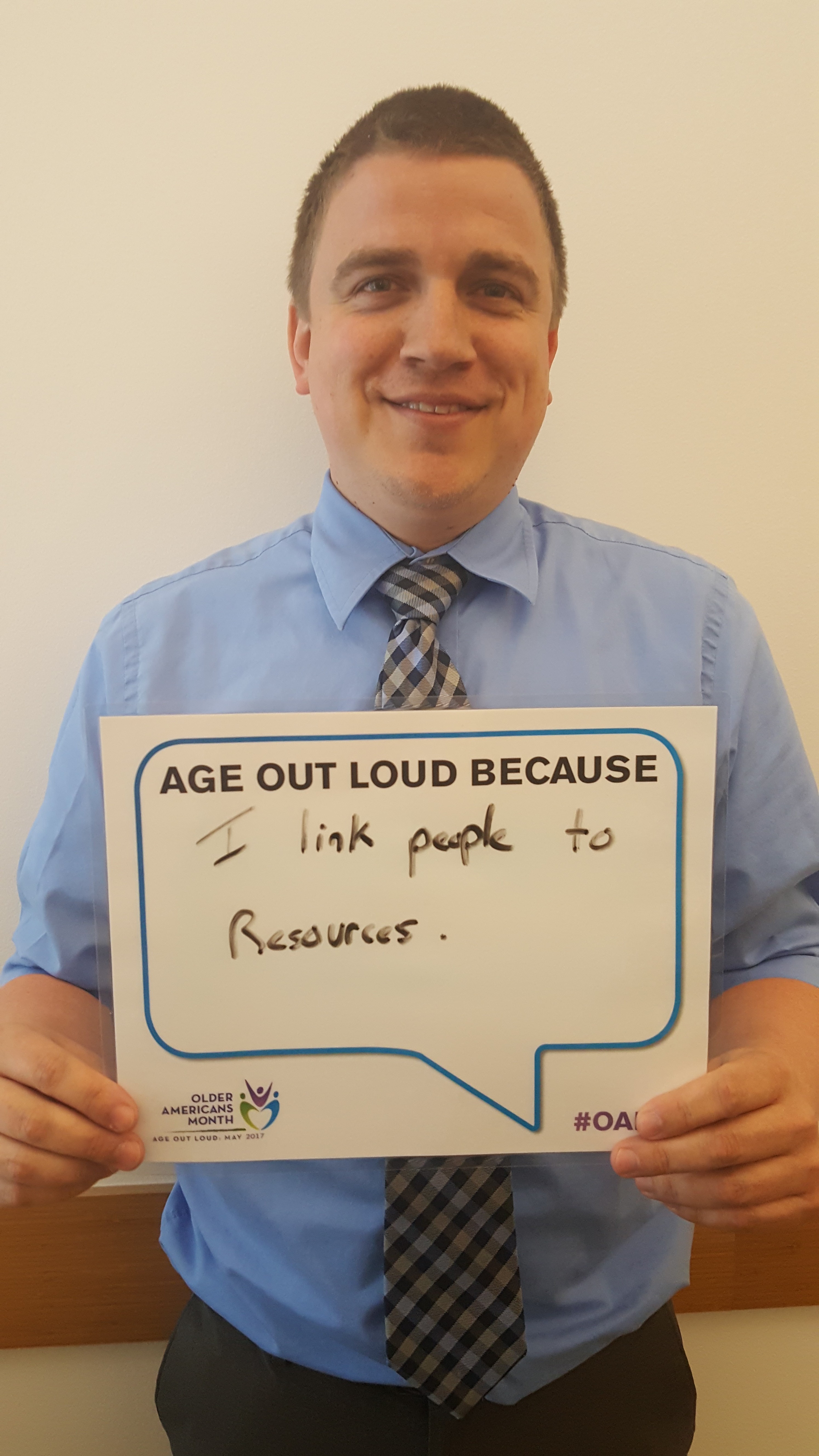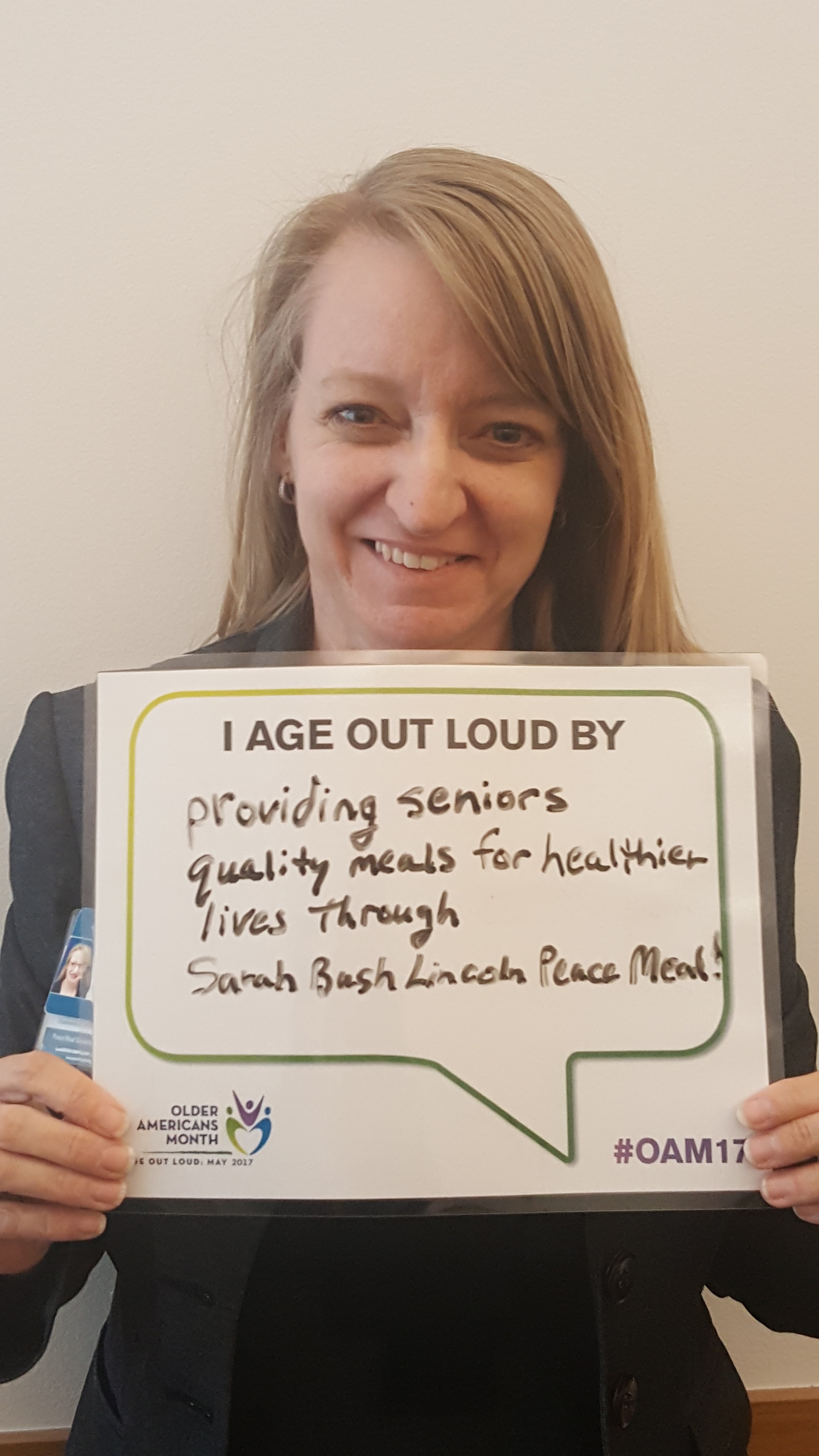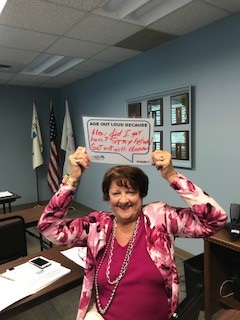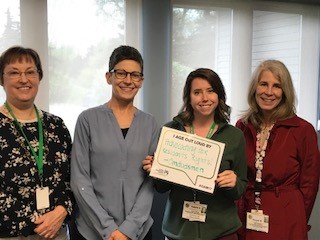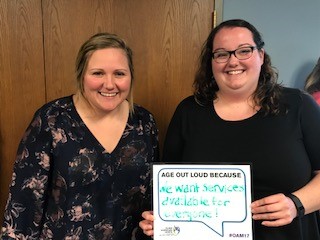August Special Feature
Debunking the Myths About Old Age
Why Everything You Think About Aging May Be Wrong
As We Get Older, Friendships, Creativity and Satisfaction With Life Can Flourish
Contrary to the stereotype of later life as a time of loneliness, depression and decline, a growing body of scientific research shows that, in many ways, life gets better as we get older.
“The story used to be that satisfaction with life went downhill, but the remarkable thing that researchers are finding is that doesn’t seem to be the case,” says Timothy Salthouse, a professor of psychology at the University of Virginia.
In fact, a growing body of evidence indicates that our moods and overall sense of well-being improve with age. Friendships tend to grow more intimate, too, as older adults prioritize what matters most to them, says Karen Fingerman, a professor of human development and family sciences at the University of Texas at Austin.
Other academics have found that knowledge and certain types of intelligence continue to develop in ways that can even offset age-related declines in the brain’s ability to process new information and reason abstractly. Expertise deepens, which can enhance productivity and creativity. Some go so far as to say that wisdom—defined, in part, as the ability to resolve conflicts by seeing problems from multiple perspectives—flourishes.
To be sure, growing older has its share of challenges. Some people don’t age as well as others. And especially at advanced ages, chronic conditions including diabetes, hypertension and dementia become increasingly common and can take a toll on mental, as well as physical, health.
Still, those who fall into the “stereotype of being depressed, cranky, irritable and obsessed with their alimentary canal” constitute “no more than 10% of the older population,” says Paul Costa, a scientist emeritus at the National Institutes of Health, who for more than three decades directed the personality program of the long-running Baltimore Longitudinal Study of Aging. “The other 90% of the population isn’t like that at all,” Dr. Costa says.
Here are six prevalent myths about aging—along with recent research that dispels common misconceptions.
Myth No. 1: Depression Is More Prevalent in Old Age
It’s easy to assume that old age would be a depressing time of life. After all, as health declines and friends and relatives become disabled and die, it can be hard to maintain a positive outlook.
But research indicates that emotional well-being improves until the 70s, when it levels off. Even centenarians “report overall high levels of well-being,” according to a 2014 study by researchers including Laura Carstensen, director of Stanford University’s Center on Longevity, which cites a 2006 study by Christoph Rott, a senior research scientist at Heidelberg University in Germany, among others.
How do researchers measure well-being? From 1993 to 1995, Stanford scientists distributed beepers to 184 adults, ages 18 to 94. For one week, at five randomly selected times each day, the researchers paged participants, who filled out questionnaires asking them to assess—on a scale of one to seven—how much they felt of 19 emotions, including anger, sadness, amusement, boredom and joy. The researchers repeated the same exercise five and 10 years later.
Their conclusion: As the participants aged, their moods—measured by the ratio of positive to negative emotions—steadily improved.
“Contrary to the popular view that youth is the best time of life, the peak of emotional life may not occur until well into the seventh decade,” Prof. Carstensen says.
The study joins others that conclude that older adults focus on positive rather than negative emotions, memories and stimuli. In a 2003 study, for example, Prof. Carstensen found that in contrast to younger adults, older adults presented with an array of happy, sad and angry faces directed their gazes more often toward the happy ones.
Why the focus on the positive? As people age, they tend to prioritize emotional meaning and satisfaction, giving them an incentive to see the good more than the bad, Prof. Carstensen says.
National data back up the findings. According to the National Institute of Mental Health, 5.5% of adults age 50 and over said they experienced a major depressive episode in 2012. For those 26 to 49, the rate was 7.6%, and for ages 18 to 25 it was 8.9%.
While rates of depression in nursing homes tend to be high, Prof. Fingerman says, “In general, when we look at older adults, they tend to be happier, less anxious, less angry and tend to adapt well to their circumstances.”
Myth No. 2: Cognitive Decline Is Inevitable
As we age, our brains undergo structural changes. Certain regions, including the prefrontal cortex, shrink. And the neurons that carry messages become less efficient. As a result, concentration and memory slip and, around age 30, scores on tests of abstract reasoning and novel problem-solving begin to decline.
Like an older computer, an older brain typically takes longer to process and retrieve information from its crowded memory, says Denise Park, a professor of behavioral and brain sciences at the University of Texas at Dallas.
But recent discoveries also indicate that—barring dementia—older adults perform better in the real world than they do on cognitive tests. “Typical laboratory tasks may systematically underestimate the true abilities of older adults,” says Lynn Hasher, a professor of psychology at the University of Toronto and a senior scientist at the Rotman Research Institute.
To test raw intellectual prowess, scientists design experiments that “minimize the influence of past experience” on performance, says Prof. Salthouse in Virginia. The experiments “tell us what people can do in artificial situations,” he says. But in the real world, “most of what we do is based on the knowledge we have acquired.” Because knowledge and experience increase with age, older adults who are tested in familiar situations show few of the deficits that crop up in laboratory tests, he says.
Younger adults may also have advantages in laboratory tests that have nothing to do with their cognitive skills. For example, because professors often recruit students for their experiments, some younger participants may be more comfortable in a lab than older participants, says Prof. Hasher.
Older adults who believe negative stereotypes about aging can also unwittingly undermine their own performance on memory tests. In a study published in 2012, scientists at the Yale School of Public Health and the National Institute on Aging reviewed memory tests administered to 395 older participants in the Baltimore Longitudinal Study of Aging, all of whom—at younger ages—had filled out questionnaires assessing their beliefs in negative stereotypes about aging. Over a 38-year period, the decline in memory performance for those ages 60 and over with more negative stereotypes was 30% greater than for those with less negative views, says Becca Levy, an author of the study and an associate professor of psychology at the Yale School of Public Health.
The good news: Recent experiments show that certain activities appear to enhance cognitive function and perhaps slow age-related cognitive declines. In two studies published earlier this year, Prof. Park in Dallas tested the memories of 239 adults ages 60 to 90, about one-half of whom spent about 16 hours a week over three months learning new skills, including how to quilt, use an iPad and take digital photographs.
Compared with peers who performed word puzzles or engaged in social activities and other tasks that required no new skills, those learning new skills “showed greater improvements in memory, with some also showing improvement in processing speed,” says Prof. Park, who believes that older adults who learn challenging new skills tap more diffuse brain circuits and pathways to compensate for age-related deficits.
“Novelty combined with mental challenge is very important,” she says. “Get out of your comfort zone.”
Some scientists also believe older adults can make wiser decisions. In a study published in 2010, scientists asked 247 Midwesterners to read stories about conflicts between individuals and social groups and predict the outcomes. After transcribing their responses, the investigators removed participants’ names and ages and asked students who had received training to rate their responses on the basis of “wisdom”—defined, in part, as the ability to see problems from multiple perspectives and show sensitivity to social relationships. The researchers then asked outside experts—including clergy and professional counselors—to rank a subset of the responses according to their own definitions of wisdom, a process that largely confirmed the accuracy of the students’ ratings.
The average age of those with scores in the top 20% was 65, versus 46 for the remaining 80%, says Igor Grossmann, an assistant professor of psychology at the University of Waterloo in Ontario.
Myth No. 3: Older Workers Are Less Productive
Workers 55 or older make up 22% of the U.S. labor force, up from 12% in 1992. But thanks in part to stereotypes that portray older workers as less adaptable than their younger colleagues, they are widely assumed to be less productive.
In fact, the vast majority of academic studies shows “virtually no relationship between age and job performance,” says Harvey Sterns, director of the Institute for Life-Span Development and Gerontology at the University of Akron.
In jobs that require experience, some studies show that older adults have a performance edge. Economists at the Max Planck Institute for Social Law and Social Policy, a nonprofit research organization in Munich, examined the number and severity of errors 3,800 workers made on a Mercedes-Benz assembly line from 2003 to 2006. The economists determined that over that four-year period, the older workers committed slightly fewer severe errors, while the younger workers’ severe error rates edged up.
“The older workers seemed to know better how to avoid severe errors,” says Matthias Weiss, the academic coordinator at the institute.
Myth No. 4: Loneliness Is More Likely
As people age, their social circles contract. But that doesn’t mean older adults are lonely.
In fact, several academic studies indicate that friendships tend to improve with age.
“Older adults typically report better marriages, more supportive friendships, less conflict with children and siblings and closer ties with members of their social networks than younger adults,” says Prof. Fingerman, co-author of a 2004 study that found older adults have “a higher rate of close ties than younger people” and fewer “problematic relationships that cause them distress.”
That is also the message of research that Prof. Carstensen published this year. The researchers asked 184 people they have followed for more than a decade to put their friends and relatives into three categories: an inner circle, consisting of people they “feel so close [to] that it would be hard to imagine life without them”; a middle circle they feel a little less close to “but who are still very important”; and an outer circle. The researchers also asked the participants every couple of years to rate—on a scale of one to seven—the intensity of the positive and negative emotions they felt for each.
The findings: Until about age 50, most people add to their social networks. After that, they eliminate people they feel less close to and maximize interactions with “close partners who are more emotionally satisfying,” says Prof. Carstensen.
Over time, the participants also assigned their networks more positive ratings. “Their loved ones seem to mean more than ever, and that is protective against loneliness,” says Prof. Carstensen. While this doesn’t mean loneliness isn’t a problem for some older people, she adds, research indicates that, on average, older adults are less lonely than young people.
Myth No. 5: Creativity Declines With Age
Creativity has long been seen as the province of the young. (Think: Lennon and McCartney, Jobs and Wozniak.)
But academic studies that date as far back as the 19th century pinpoint midlife as the time when artists and scholars are most prolific. Dean Keith Simonton, a professor of psychology at the University of California, Davis, says creativity tends to peak earlier in fields such as pure mathematics and theoretical physics, where breakthroughs typically hinge on problem-solving skills that are sharpest in one’s 20s. In fields that require accumulated knowledge, creative peaks typically occur later. Historians and philosophers, for example, “may reach their peak output when they are in their 60s,” he says.
In recent years, an economist has put forth a theory of creative late bloomers. David Galenson, a professor at the University of Chicago, analyzed the ages at which some 300 famous artists, poets and novelists produced their most valuable works. (For the artwork, he used auction prices and the number of times specific works appeared in text books. For literary works, he counted the words devoted to them in scholarly monographs.)
His conclusion: Creative genius clusters into two categories: conceptual artists, who tend to do their best work in their 20s and 30s, and experimental artists, who often need a few more decades to reach full potential. Conceptual artists work from imagination, an area where the young have an advantage because they tend to be more open to radical new ideas, Prof. Galenson says. Experimental artists improve with experience. They take years to perfect their style and knowledge of their subjects.
People who are creative in older age aren’t anomalies, he says. Mark Twain, Paul Cézanne, Frank Lloyd Wright, Robert Frost and Virginia Woolf are just a few of the artists “who did their greatest work in their 40s, 50s and 60s. These artists rely on wisdom, which increases with age.”
Myth No. 6: More Exercise Is Better
When it comes to improving health and longevity, exercise is key. But a growing number of studies show that more exercise may not always be better.
“You get to a point of diminishing returns,” says James O’Keefe, a professor of medicine at the University of Missouri-Kansas City.
In a study to be published this month, Dr. O’Keefe and co-authors tracked 1,098 joggers and 3,950 non-joggers from 2001 to 2013; all were part of the Copenhagen City Heart Study, under way since 1976. Overall, the runners in the Copenhagen study lived longer than the non-runners: 6.2 years longer for the men, and 5.6 years longer for the women.
But the new study discovered that those who ran more than four hours a week at a fast pace—of 7 miles per hour or more—lost much, if not all, of the longevity benefits.
The group that saw the biggest improvements? Those who jogged from one to 2.4 hours weekly at 5 to 7 mph and took at least two days off from vigorous exercise per week.
Other studies have come to similar conclusions. In research published this year, scientists at institutions including Iowa State University found that the death rate for runners is 30% to 45% below that for non-runners. But the mortality benefits were similar for all runners, even those who ran five to 10 minutes a day at speeds of 6 mph or less. “Fairly modest doses of running provided benefits as great as…a lot of running,” says Russell Pate, an author of the study and professor at the University of South Carolina.
Dr. O’Keefe believes long-term strenuous endurance exercise may cause “overuse injury” to the heart. His recommendation: Stick to a moderate cardiovascular workout of no more than 30 miles a week or 50 to 60 minutes of vigorous exercise a day, and take at least one day off each week. “You don’t need to run a marathon,” he says.
Ms. Tergesen is a Wall Street Journal staff reporter in New York. She can be reached at This email address is being protected from spambots. You need JavaScript enabled to view it..


